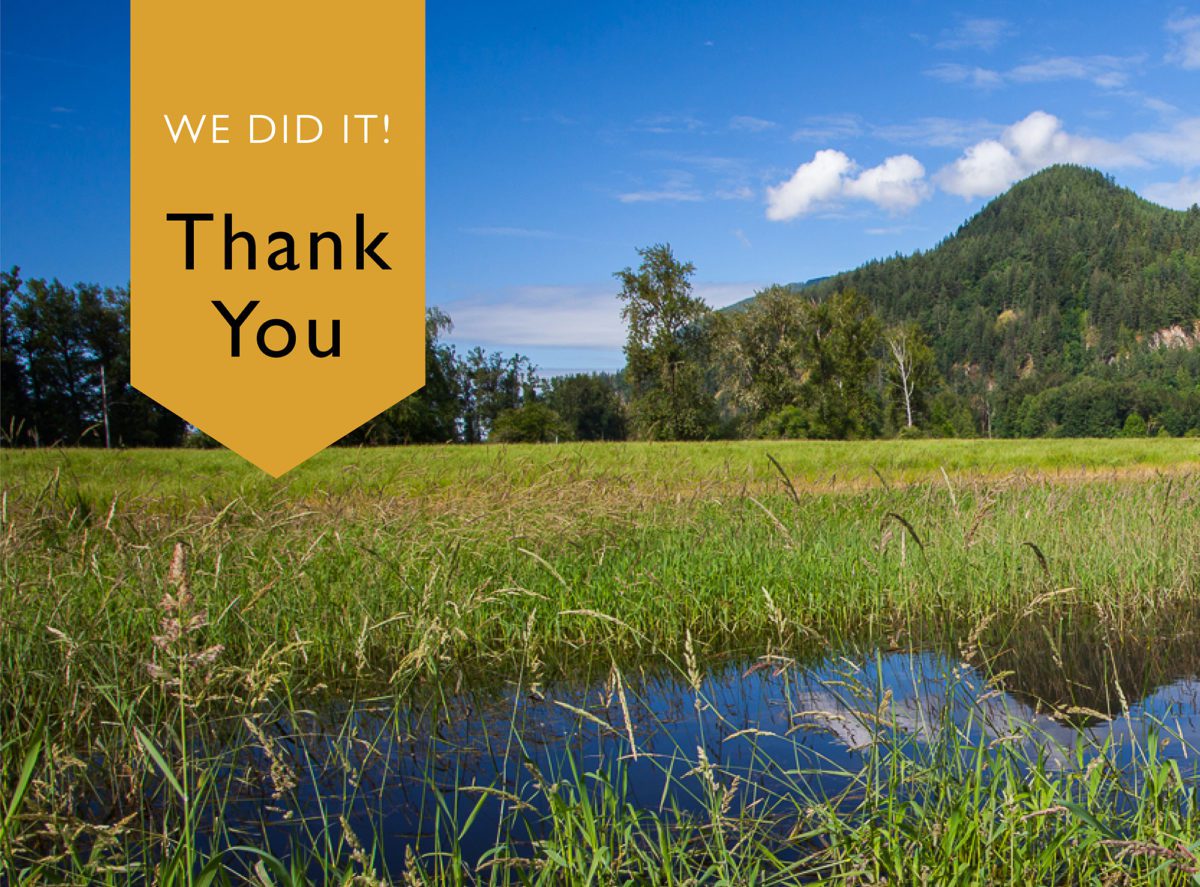
Today, The Nature Trust of British Columbia, a non-profit land conservation organization, is announcing that it has secured 18 acres of ecologically important land in the Heart of the Fraser River, increasing the size of its holdings on Nicomen Slough by more than 50%.
DOWNLOAD PDF OF THIS NEWS RELEASE
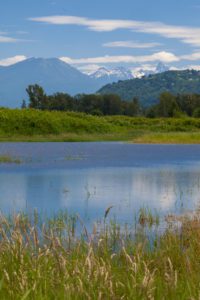
The stretch of river between Mission and Hope with its stony shores, gravel reach and winding side channels so profoundly affects the productivity of the Fraser River and greater watershed that it has been called the “Heart of the Fraser”. This area provides crucial spawning habitat for salmon and threatened white sturgeon (COSEWIC) and serves as a nursery or migration corridor for tens of millions of juvenile salmon every year. Additionally, the river and associated riparian habitats within the Heart of the Fraser support an extraordinary diversity of plants and animals.
Nicomen Slough is located in an area of continental significance to waterfowl, which stop in the area during migration and for over-wintering. More than 100 trumpeter swans spend the winter foraging in the area, alongside owls, ducks and great blue herons (Special Concern, SARA). River otters, muskrats and beavers also share this area with birds, fish, amphibians and plants.

Left to right: Trumpeter Swans, Muskrat, Barn Owl
However, the heartbeat of the river has weakened in recent years. Pressure from industry, agriculture, forestry and development has been taking a toll: the quality and quantity of habitat has declined and fish populations are down.
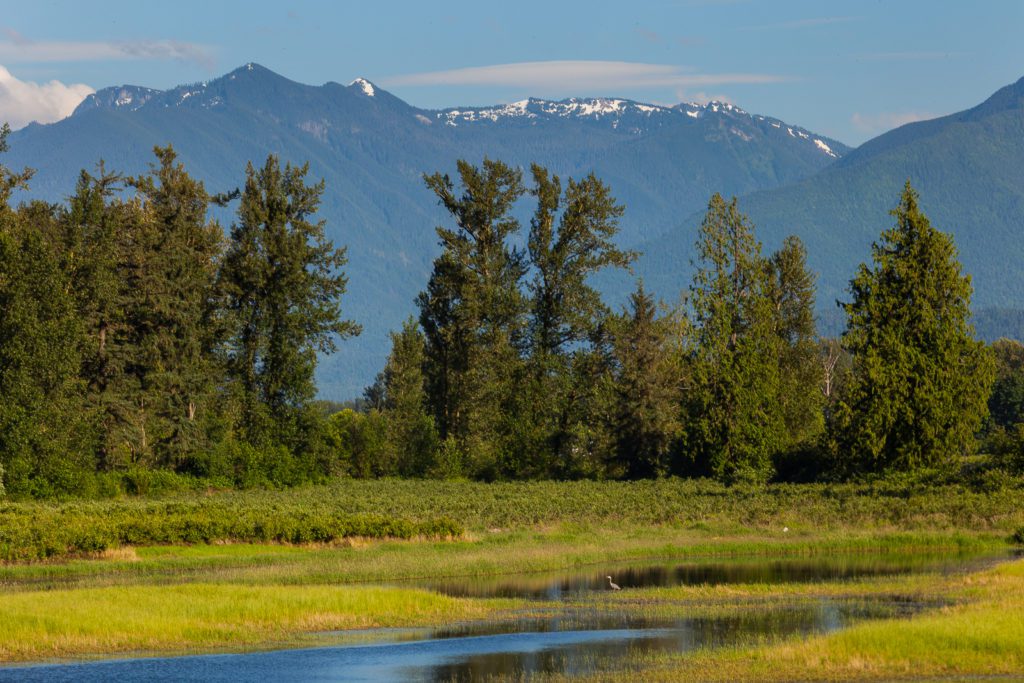
“We are thankful to all the donors that have helped us to acquire this ecologically important parcel of land,” said Jasper Lament, Nature Trust of BC CEO.“ As The Nature Trust conserves more land at Nicomen Slough, we have the unique opportunity to enhance habitat for waterfowl and other wildlife through our restoration work. This is what The Nature Trust of BC has been doing for the past 50 years and what we will continue to do for the next 50.”
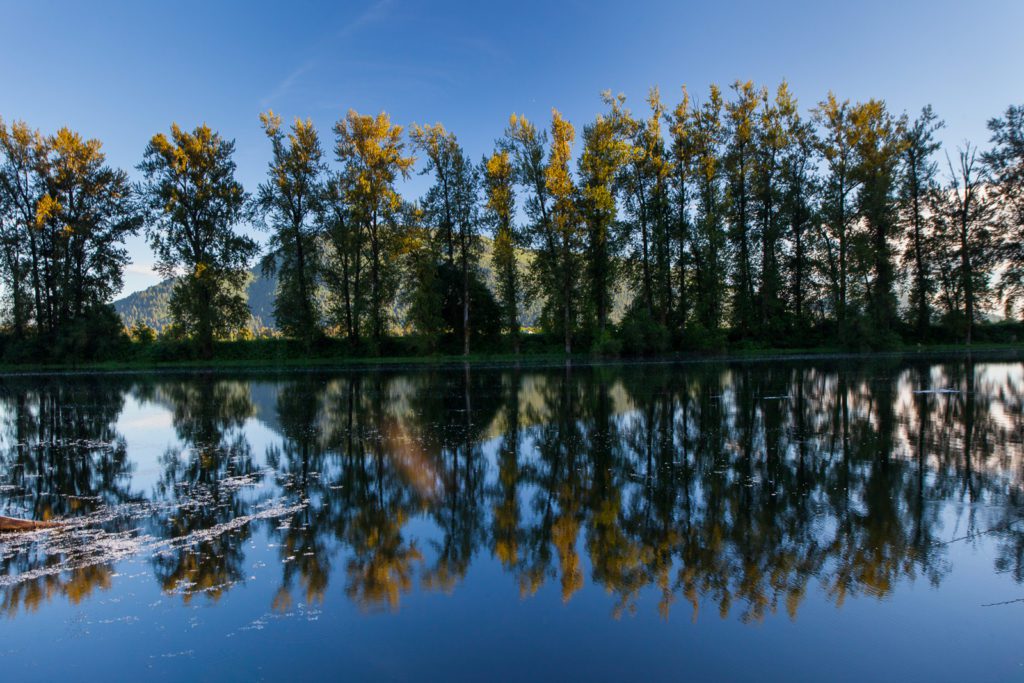
Approximately 75 per cent of the property is currently cultivated as a blueberry farm. There is great potential for effective wetland and riparian habitat restoration on this property that would benefit a wide range of species.
The Nature Trust of BC has conserved almost 700 acres in this area beginning with the Chehalis Conservancy in 1978, and most recently adding Nicomen Slough Conservation Area in 2019.
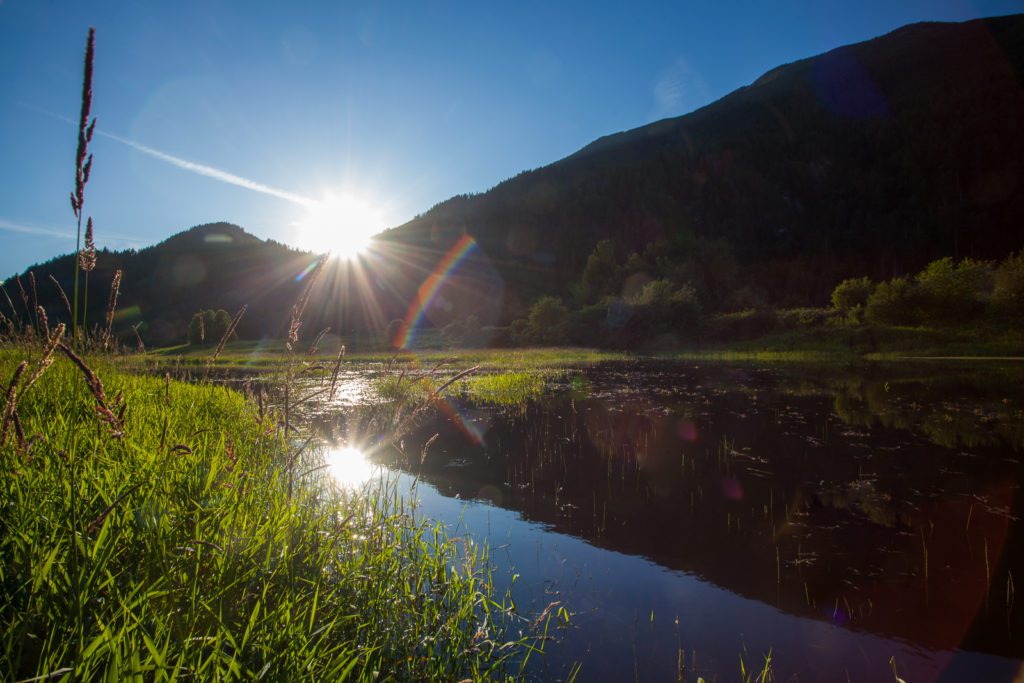
Facts
- More than 24 species of fish use Nicomen Slough at some stage in their life cycles. These species include all five species of Pacific Salmon, Steelhead and Cutthroat Trout, and White Sturgeon.
- During the winter, more than 100 Trumpeter Swans use the area, taking advantage of the wetland areas for foraging.
- A slough is a natural side-channel or an inlet filled with water. These wetlands tend to form along river edges where old river channels used to flow – also referred to as the oxbows.
- Sloughs are either stagnant or slow flowing on a seasonal basis.
- Sloughs support a wide variety of plant life that is adapted to rapidly changing physical conditions such as oxygen levels, salinity, and depth. Increased productivity in these ecosystems along with high plant diversity allows for many wildlife species to thrive.
- The Nicomen Slough area is home to the endangered Western Painted Turtle. Named after the bright yellow stripes on its head, neck, tail and legs, this species is BC’s only native pond turtle left in BC. They require wetland habitats for foraging, hibernation, and egg-laying. With so many wetlands being lost on a regular basis to development, this species has been decreasing for a number of years.
- The Northern Rubber Boa is another species found near Nicomen Slough that has rapidly been losing habitat. Now a species of special concern, the Northern Rubber Boa is often victim to road mortality with many more roads bisecting their habitat in recent years. Because they are cold blooded, these snakes need to sunbathe in order to warm their blood – unfortunately, roads are perfect for this activity.
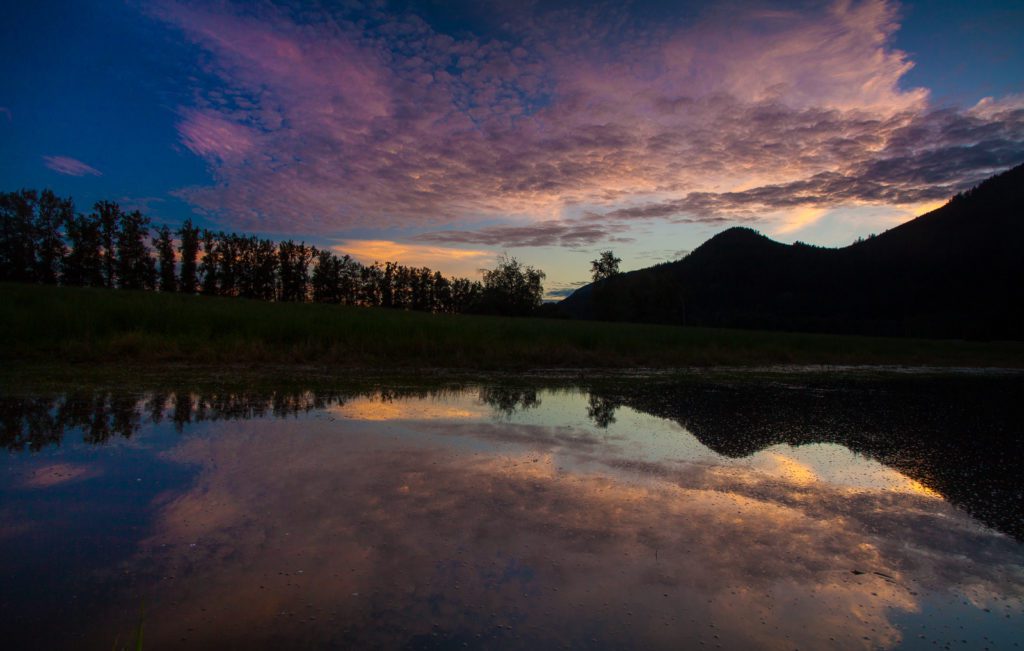
Financial support for the conservation of this property has been provided by the U.S. Fish and Wildlife Service, under the North American Wetlands Conservation Act. This project has also been made possible by Val and Dick Bradshaw, the Whitridge Family, MapleCross, Pan American Silver, and many other donors.
